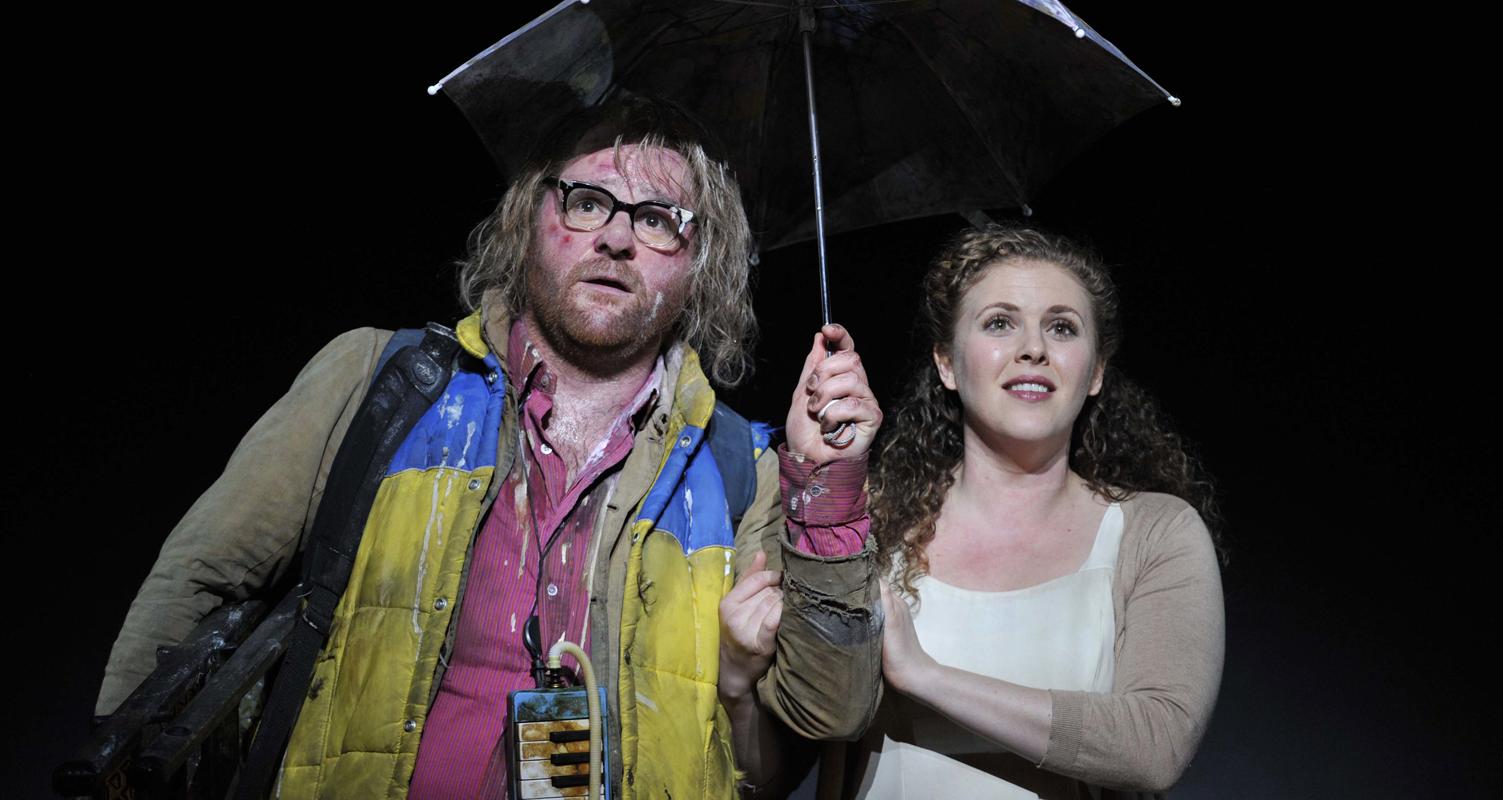An introduction to The Magic Flute
Here’s everything you need to know about ENO’s production of Mozart’s The Magic Flute.
It’s a Singspiel opera
Wolfgang Amadeus Mozart and librettist Emanuel Schikaneder decided that Singspiel (a German language comic opera with singing and dialogue), would best suit their brand new opera. Like most Singspiel operas, The Magic Flute (Die Zauberflöte) features comedy, magic and fantastical creatures.
This timeless opera follows the adventures of Prince Tamino and Papageno on their search for the Queen of the Night’s daughter, Pamina. To help them conquer the trials and tribulations faced on their quest, the duo are given magical musical instruments, including a magic flute.
Video
It was Mozart’s last great work
Just three months before his untimely death, aged 35, Mozart completed The Magic Flute and The Clemency of Titus (La clemenza di Tito). His Requiem was left unfinished.
It has been said, on the night of his death, the delirious composer envisioned himself at that night’s performance of The Magic Flute. Then, he spoke his last words: ‘Silence! Silence! Now Hofer is taking her high B-Flat’. It was at that exact time that his very first Queen of the Night, Josepha Hofer, was singing the Queen of the Night aria (‘Der Hölle Rache’).
It features one of Mozart’s most famous songs
The Queen of the Night’s Act II aria from the opera, ‘Der Hölle Rache’ is most of Mozart’s most recognisable pieces of music. The aria comes as the vengeful Queen demands her daughter, Pamina to plunge a knife into the heart of her rival, the sorcerer Sarastro.
Get to know more of Mozart’s music in our guide to his most famous compositions.
Listen to Cornelia Götz singing the Queen of the Night aria in our 2013/14 production below.
It is filled with hidden masonic symbolism
Both Mozart and librettist Emanuel Schikaneder were members of the same Masonic lodge, resulting in a great deal of speculation about the hidden masonic symbols in the opera.
It is no coincidence that the original production of The Magic Flute was set in Egypt, the land of which Masonry traces its origins. It has also been said that Mozart intended the piece to be a dramatic interpretation of a Masonic initiation ceremony. This theory is fanned by the fact that Tamino has to undergo a series of trials in the opera, similar to what Masons of the day would have done to join the brotherhood.
This will be the second revival of Simon McBurney’s five star production
Actor, writer and director, Simon McBurney is the founder of the theatre company Complicité. He recently had success with The Encounter at the Barbican, and has had roles in Harry Potter and Mission Impossible.
McBurney’s magical production of Mozart’s classic opera will be returning to the London Coliseum for the second time. The inventive staging uses props and projections to create the enchanted world in which the opera is set. For this production, the ENO Orchestra play on a stage-level platform, elevating them out of the usual ‘pit’.
Photo Gallery









